Cornell University scientists have identified a new contender when it comes to quantum materials for computing and low-temperature electronics.
Tag: Electronics
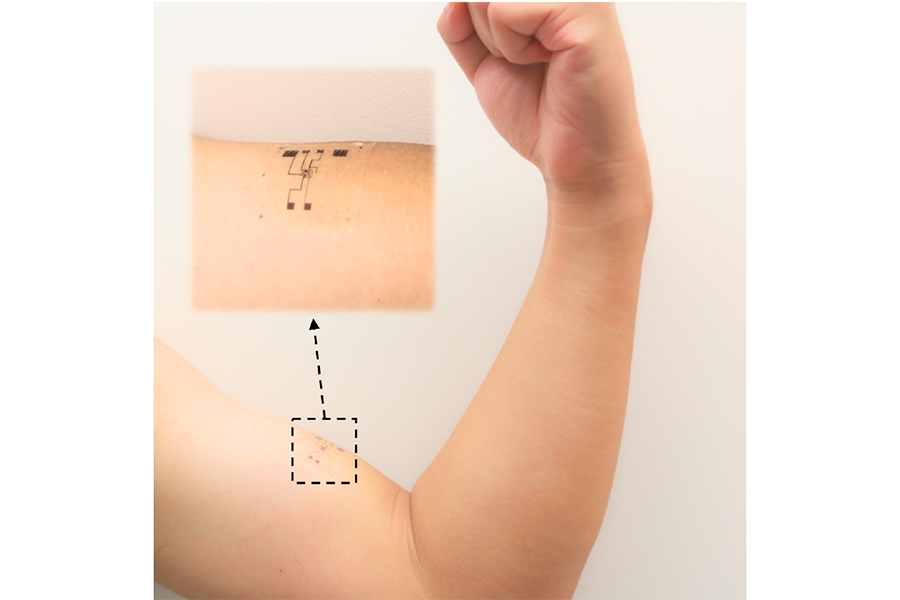
UChicago scientists design stretchable electronics, perform better under strain
Recent technological advances have made stretchable sensors possible, but their changes in shape can affect the data produced, and many sensors cannot collect and process the body’s faintest signals. A new sensor design from the Pritzker School of Molecular Engineering (PME) at the University of Chicago helps solve that problem.
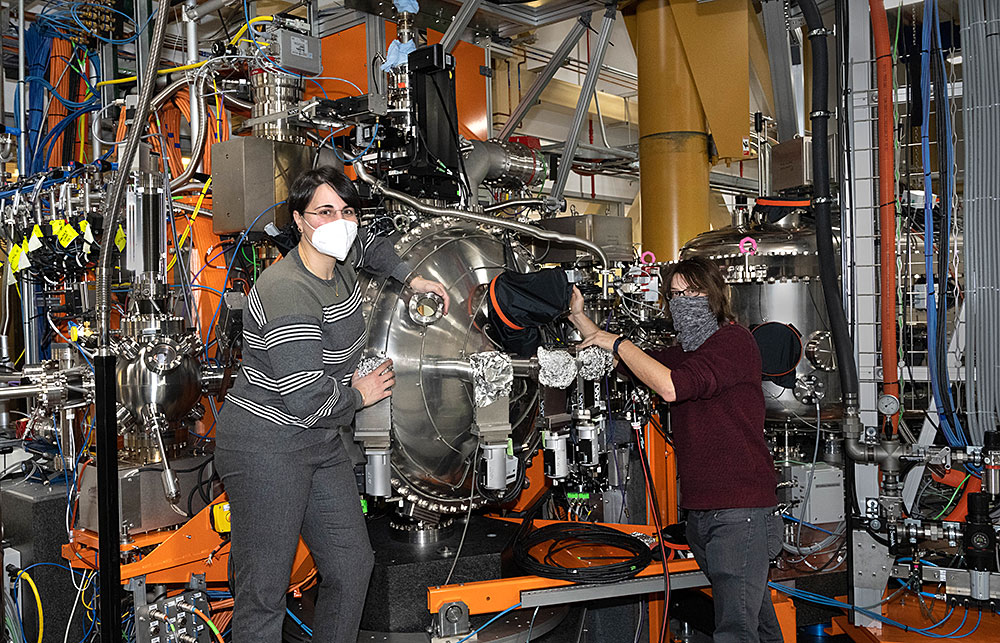
Scientists Streamline Process for Controlling Spin Dynamics
UPTON, NY—Marking a major achievement in the field of spintronics, researchers at the U.S. Department of Energy’s (DOE) Brookhaven National Laboratory and Yale University have demonstrated the ability to control spin dynamics in magnetic materials by altering their thickness. The study, published today in Nature Materials, could lead to smaller, more energy-efficient electronic devices.
Remote Work Suits Jefferson Lab Technical Designer
The COVID-19 pandemic has turned workplaces everywhere upside down, prompting countless brainstorming sessions on how to make work environments safer or whether jobs might be done just as well from home. Jefferson Lab technical designer Mindy Leffel says working from home during the pandemic has been a learning process, but has only motivated her to prove herself.

3D-Printed Smart Gel Changes Shape When Exposed to Light
Inspired by the color-changing skin of cuttlefish, octopuses and squids, Rutgers engineers have created a 3D-printed smart gel that changes shape when exposed to light, becomes “artificial muscle” and may lead to new military camouflage, soft robotics and flexible displays. The engineers also developed a 3D-printed stretchy material that can reveal colors when light changes, according to their study in the journal ACS Applied Materials & Interfaces.
Nikhil Tiwale: Practicing the Art of Nanofabrication
Applying his passions for science and art, Nikhil Tiwale—a postdoc at Brookhaven Lab’s Center for Functional Nanomaterials—is fabricating new microelectronics components.
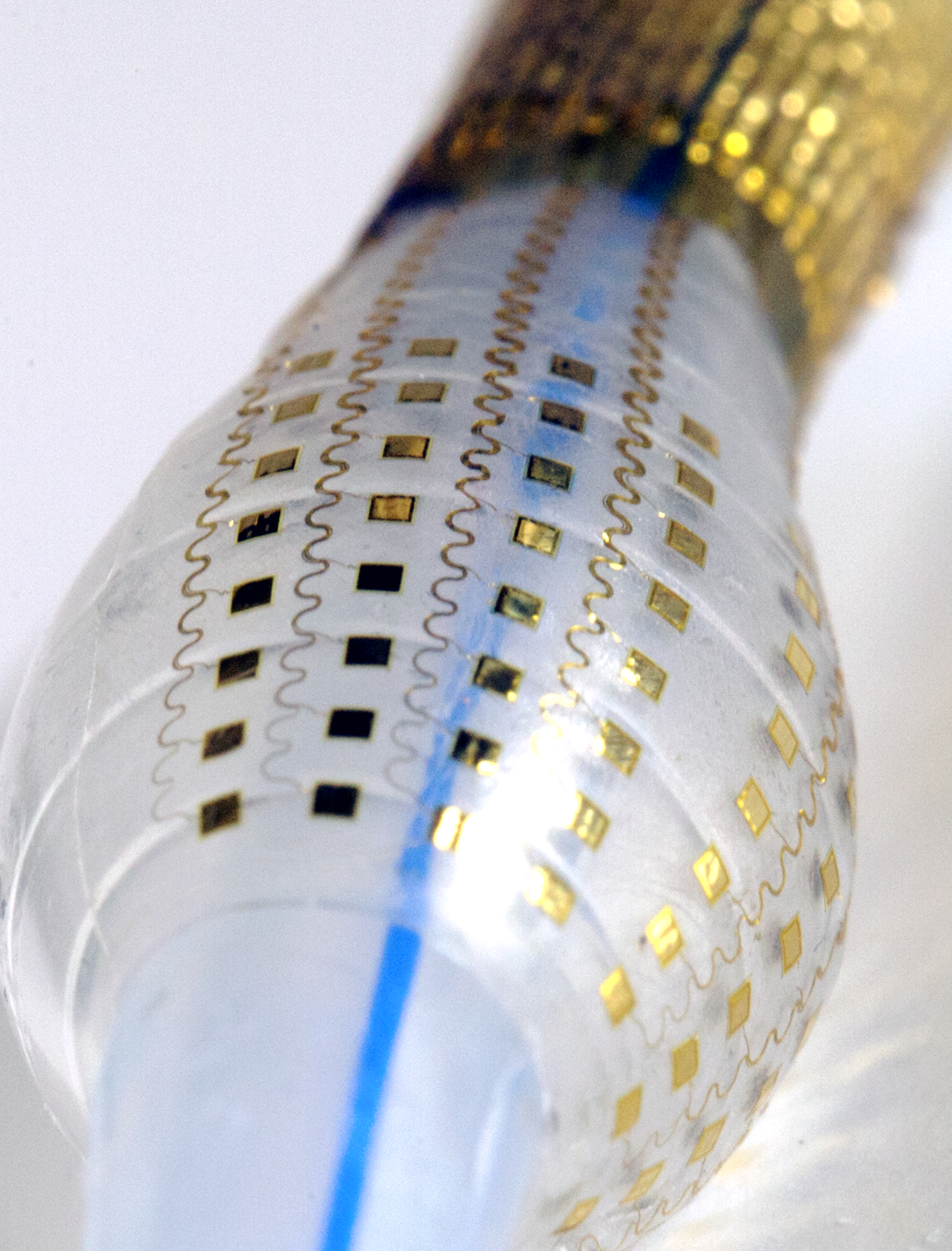
New Surgical Tools with Smart Sensors Can Advance Cardiac Surgery and Therapy
Researchers developed a new class of medical instruments equipped with an advanced soft electronics system that could dramatically improve the diagnoses and treatments of a number of cardiac diseases and conditions.
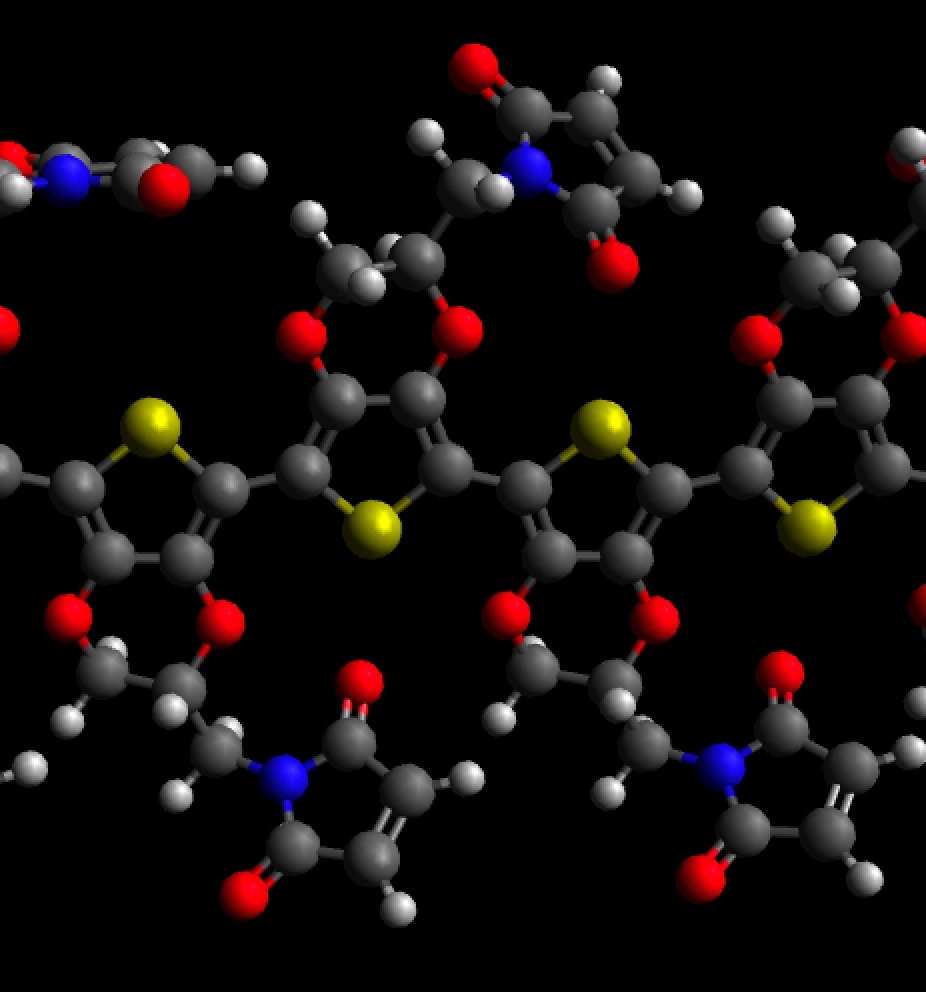
‘Cyborg’ technology could enable new diagnostics, merger of humans and AI
Connecting electronics directly to human tissues in the body is a challenge. Today, a team is reporting new coatings for components that could help them more easily fit into this milieu. The researchers will present their results at the American Chemical Society Fall 2020 Virtual Meeting & Expo.

Quantum Materials Quest Could Benefit From Graphene That Buckles
Graphene, an extremely thin two-dimensional layer of the graphite used in pencils, buckles when cooled while attached to a flat surface, resulting in beautiful pucker patterns that could benefit the search for novel quantum materials and superconductors, according to Rutgers-led research in the journal Nature. Quantum materials host strongly interacting electrons with special properties, such as entangled trajectories, that could provide building blocks for super-fast quantum computers. They also can become superconductors that could slash energy consumption by making power transmission and electronic devices more efficient.
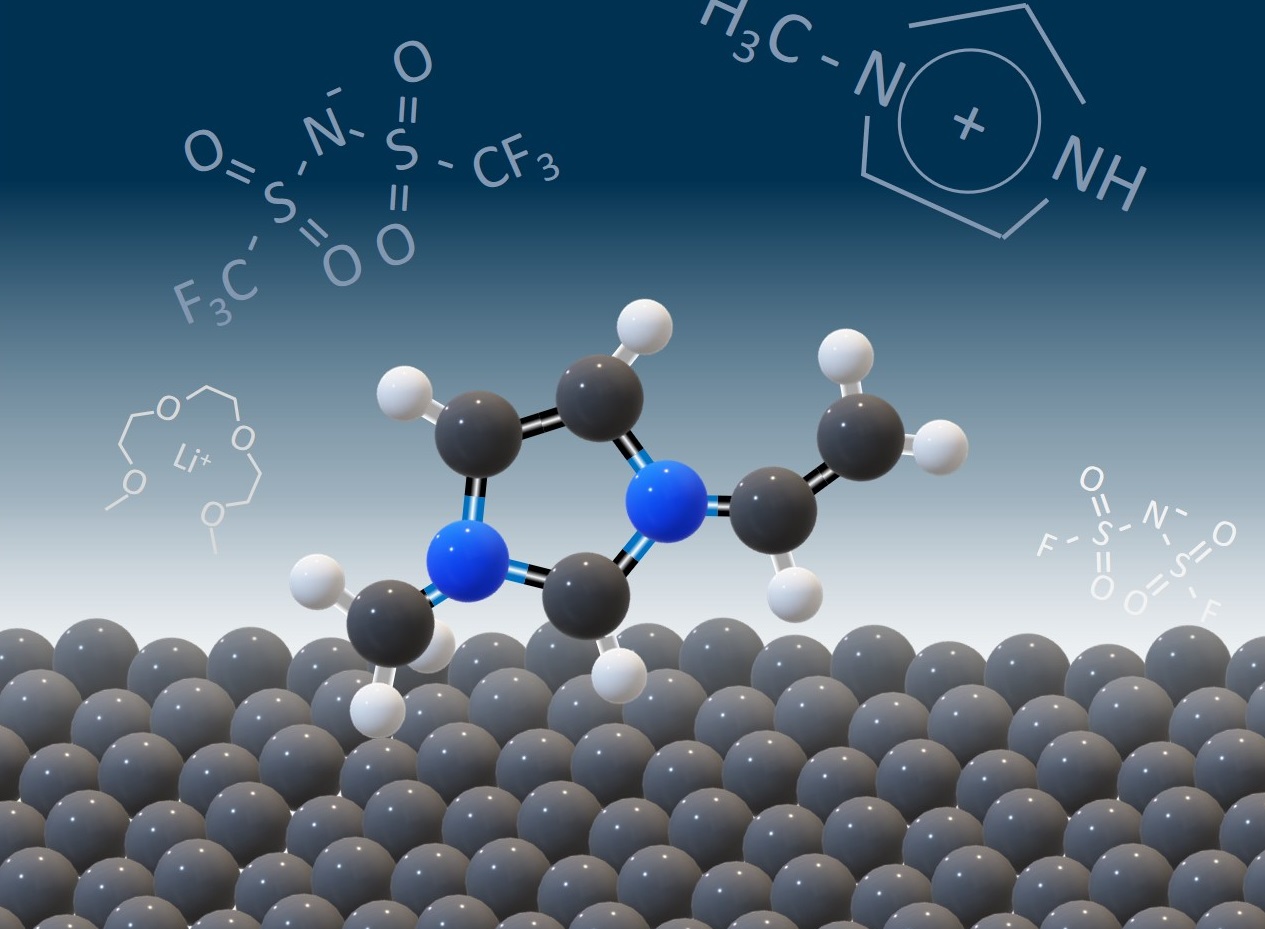
Safer, longer-lasting energy storage requires focus on interface of advanced materials
More studies at the interface of battery materials, along with increased knowledge of the processes at work, are unleashing a surge of knowledge needed to more quickly address the demand for longer-lasting portable electronics, electric vehicles and stationary energy storage for the electric grid.
Physicists Find Misaligned Carbon Sheets Yield Unparalleled Properties
A material composed of two one-atom-thick layers of carbon has grabbed the attention of physicists worldwide for its intriguing — and potentially exploitable — conductive properties.
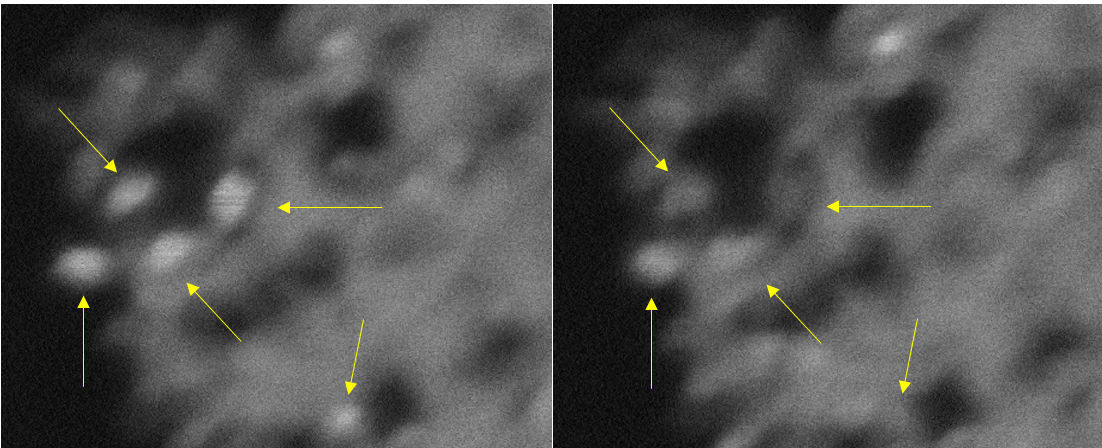
‘Blinking” Crystals May Convert CO2 into Fuels
Imagine tiny crystals that “blink” like fireflies and can convert carbon dioxide, a key cause of climate change, into fuels. A Rutgers-led team has created ultra-small titanium dioxide crystals that exhibit unusual “blinking” behavior and may help to produce methane and other fuels, according to a study in the journal Angewandte Chemie. The crystals, also known as nanoparticles, stay charged for a long time and could benefit efforts to develop quantum computers.
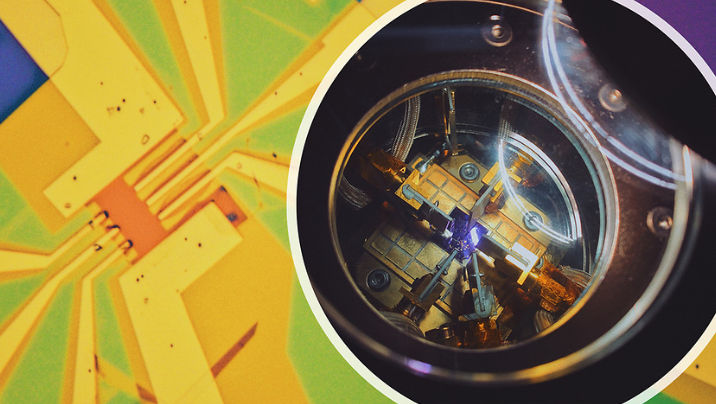
With a ‘catch-and-release’ process, researchers advance graphene electronics
A team of researchers has found a versatile method for the construction of high-quality vdW heterostructures using a dual-function polymeric film with a thickness of below five nanometers to promote the exfoliation of monolayer graphene.
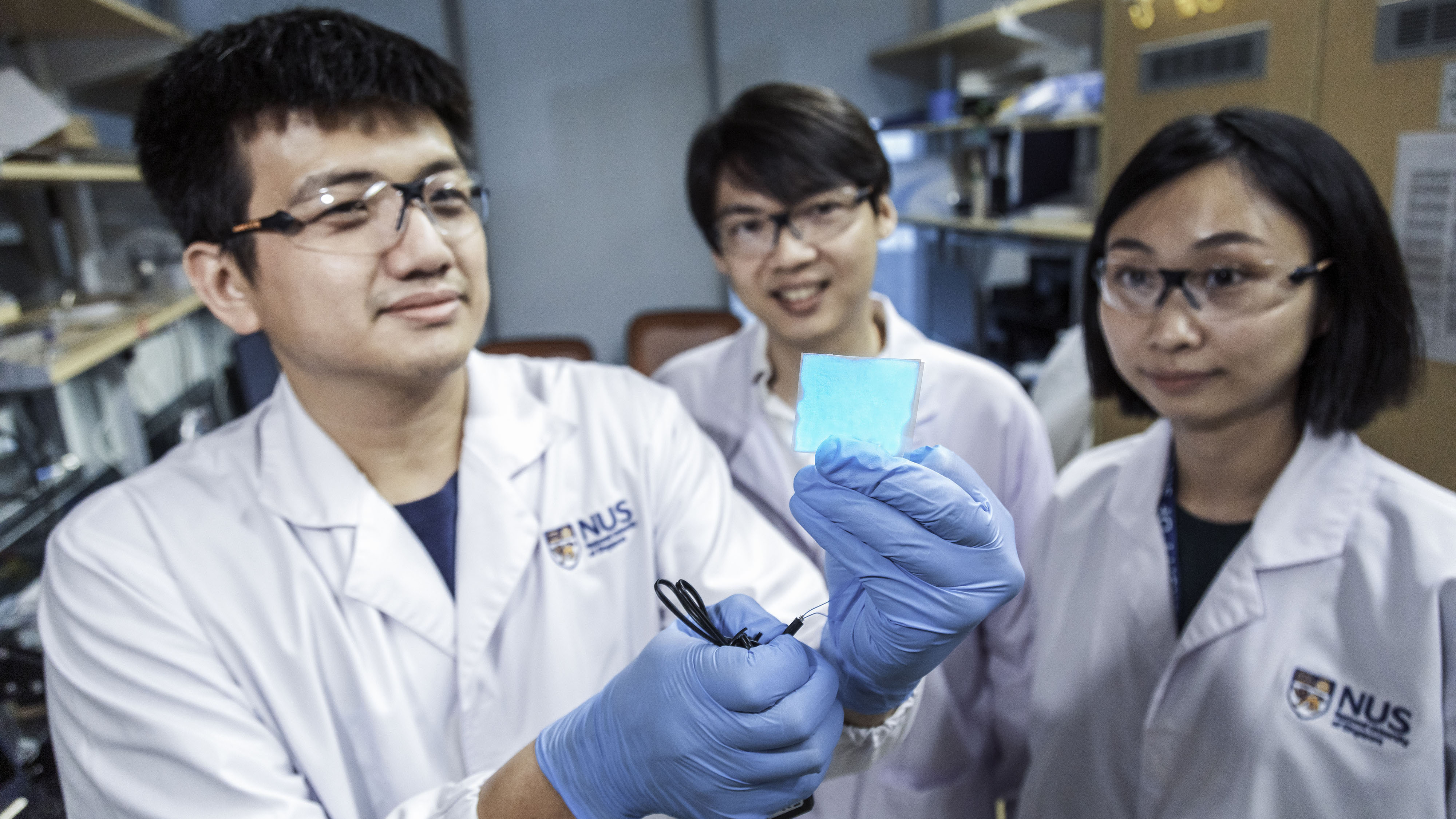
NUS researchers develop stretchable, self-healing and illuminating material for ‘invincible’ light-emitting devices
Researchers from the National University of Singapore have developed a new stretchable material that can self-heal and light up. The novel material has promising applications that include damage-proof flexible display screens and illuminating electronic skin for autonomous soft robots.

NUS researchers create novel device that harnesses shadows to generate electricity
Researchers from the National University of Singapore have created a device called a ‘shadow-effect energy generator’ that makes use of the contrast in illumination between lit and shadowed areas to generate electricity. This novel concept opens up new approaches in harnessing indoor lighting conditions to power electronics.
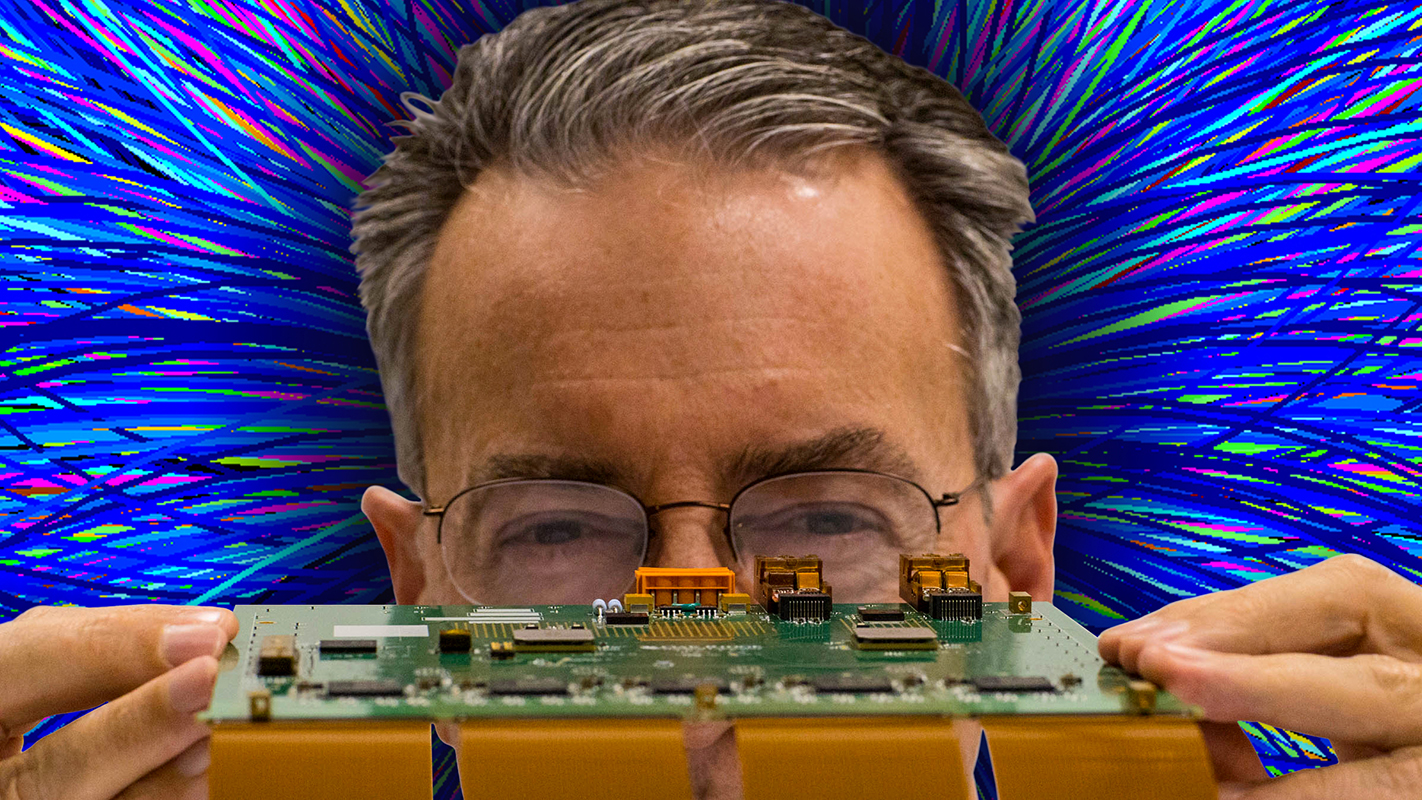
Major upgrades of particle detectors and electronics prepare CERN experiment to stream a data tsunami
For an experiment that will generate big data at unprecedented rates, physicists led design, development, mass production and delivery of an upgrade of novel particle detectors and state-of-the art electronics.
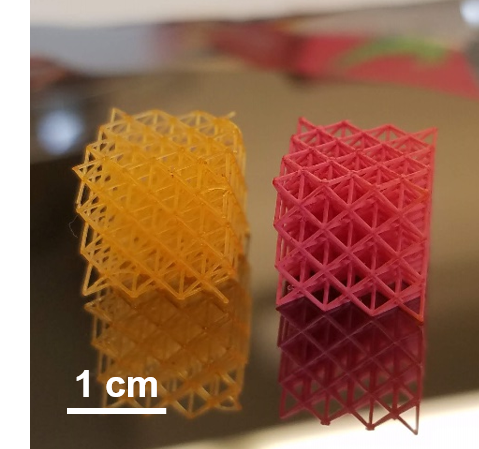
A Great New Way to Paint 3D-Printed Objects
Rutgers engineers have created a highly effective way to paint complex 3D-printed objects, such as lightweight frames for aircraft and biomedical stents, that could save manufacturers time and money and provide new opportunities to create “smart skins” for printed parts. The findings are published in the journal ACS Applied Materials & Interfaces.

Electronics for high-altitude use can get smaller and sturdier with new nanomaterials
Demand is growing for new materials that can be printed at ever smaller dimensions. Scientists are now creating metal-based nanomaterials for circuit boards that could be resistant to high-altitude radiation encountered by aerospace equipment and fighter jets.
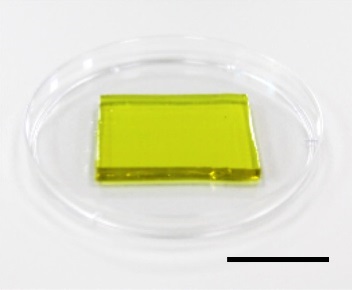
A new way to cool down electronic devices, recover waste heat
Using electronic devices for too long can cause them to overheat. Now, researchers reporting in ACS’ Nano Letters have developed a hydrogel that can both cool down electronics, such as cell phone batteries, and convert their waste heat into electricity.
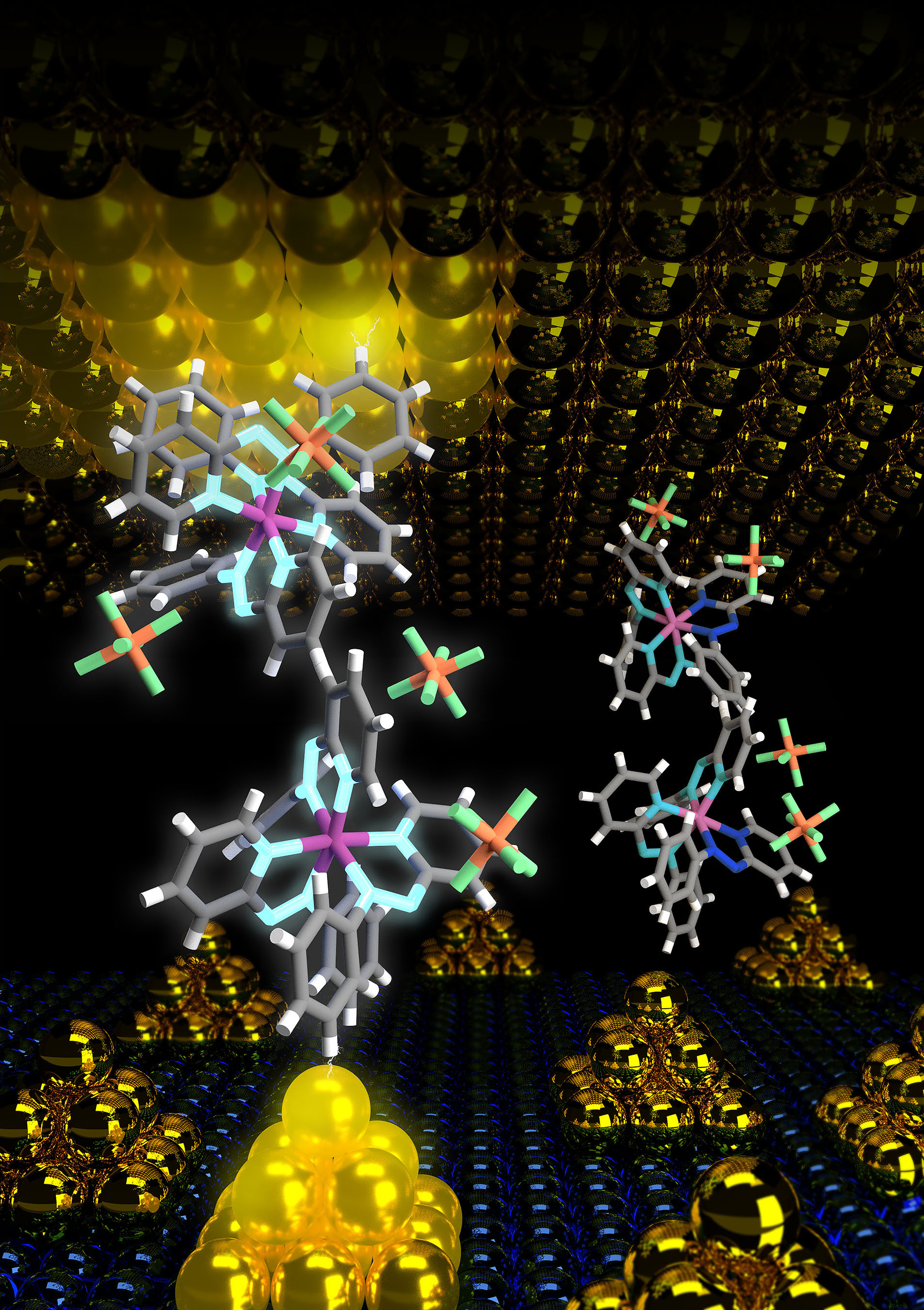
Organic Memory Devices Show Promise for Flexible, Wearable, Personalized Computing
The advent of artificial intelligence, machine learning and the internet of things is expected to change modern electronics. The pressing question for many researchers is how to handle this technological revolution. Brain-inspired electronics with organic memristors could offer a functionally promising and cost- effective platform. Since memristors are functionally analogous to the operation of neurons, the computing units in the brain, they are optimal candidates for brain-inspired computing platforms.
Rutgers Experts Can Discuss Emissions, Climate Change During COVID-19 Crisis
New Brunswick, N.J. (April 13, 2020) – Rutgers University–New Brunswick experts are available for interviews on the impacts of the COVID-19 pandemic on greenhouse gas emissions, climate change and efforts to promote a greener economy and lifestyles. “During the 2007…

Solving a 50-year-old puzzle in signal processing, part two:
Two Iowa State engineers, who announced the solution to a 50-year-old puzzle in signal processing last fall, have followed up with more research results. The engineers say their new algorithm is more useful and just as fast as the one previously used.
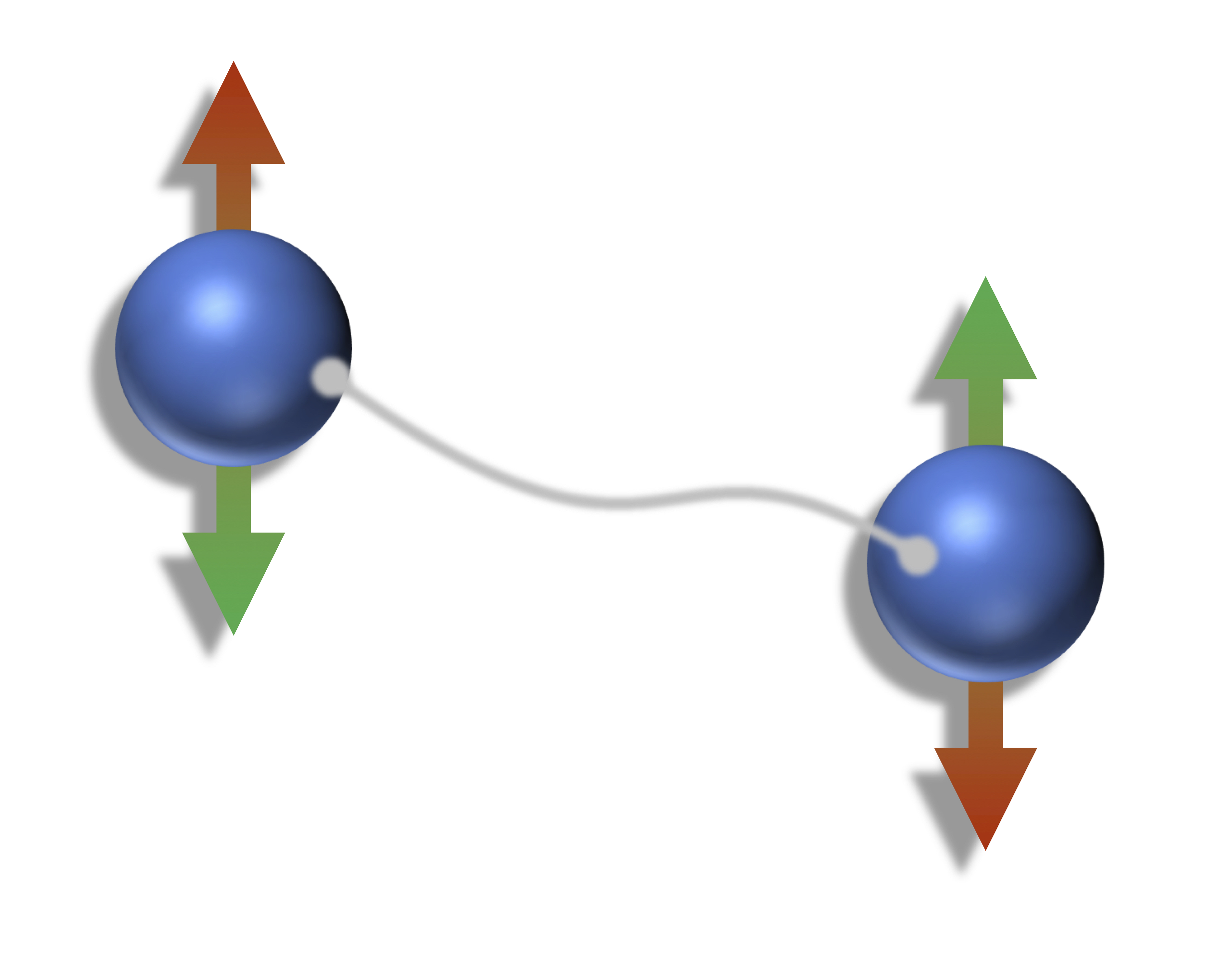
How a Magnet Could Help Boost Understanding of Superconductivity
Physicists have unraveled a mystery behind the strange behavior of electrons in a ferromagnet, a finding that could eventually help develop high temperature superconductivity. A Rutgers co-authored study of the unusual ferromagnetic material appears in the journal Nature.
Cobalt supply can meet demand for electric vehicle and electronics batteries
Supplies of the cobalt are adequate in the short term, but shortages could develop down the road if refining and recycling aren’t ramped up or made more efficient, according to research published in ACS’ Environmental Science & Technology.
Ultrasound device improves charge time and run time in lithium batteries
Researchers at the University of California San Diego developed an ultrasound-emitting device that brings lithium metal batteries, or LMBs, one step closer to commercial viability. Although the research team focused on LMBs, the device can be used in any battery, regardless of chemistry.
New air-pressure sensor could improve everyday devices
A team of mechanical engineers at Binghamton University, State University of New York investigating a revolutionary kind of micro-switch has found another application for its ongoing research.
Nanomaterial “twist” could boost next-gen electronics
Research by Nebraska engineers Peter and Eli Sutter points to a way to overcome the challenges of building multi-layered nanostructures

Award-winning engineer helps keep US nuclear deterrent safe from radiation
Sandia National Laboratories engineer Alan Mar ensures components made for the U.S. nuclear stockpile pass stringent standards to resist radiation and remain safe and reliable in extremely harsh environments.
Microcavities save organic semiconductors from going dark
More and more electronics manufacturers are favoring organic LED displays for smartphones, TVs and computers because they are brighter and offer a greater color range.
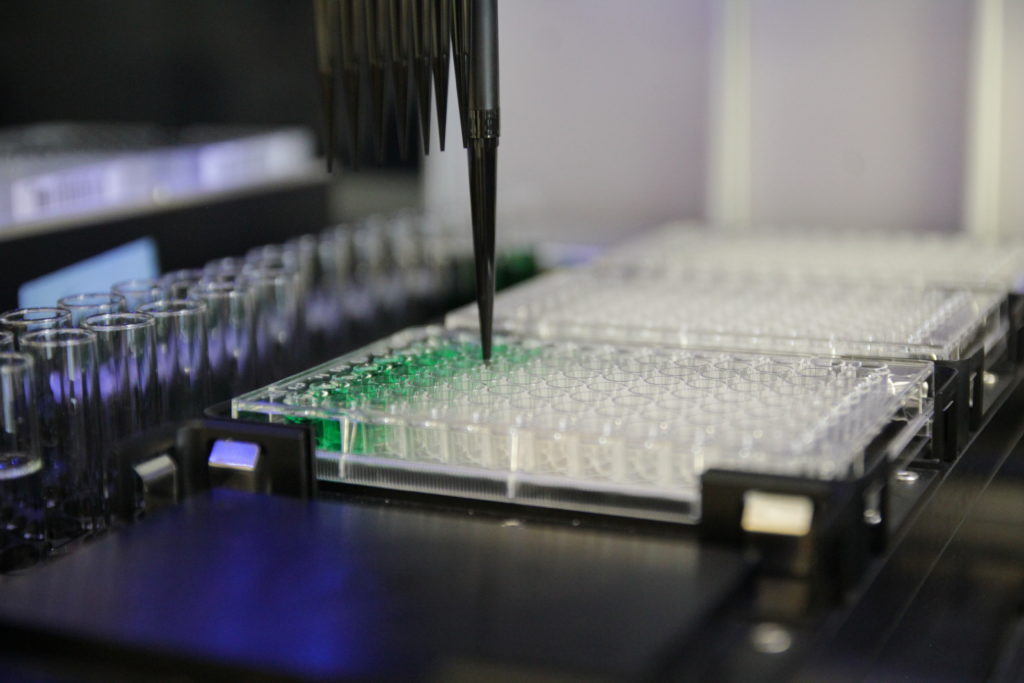
A Robot and Software Make it Easier to Create Advanced Materials
A Rutgers-led team of engineers has developed an automated way to produce polymers, making it much easier to create advanced materials aimed at improving human health. The innovation is a critical step in pushing the limits for researchers who want to explore large libraries of polymers, including plastics and fibers, for chemical and biological applications such as drugs and regenerative medicine through tissue engineering.
Study Finds Children Log Excessive Screen-Time
A study conducted by the University at Albany, the National Institutes of Health and New York University Langone Medical Center uncovered several new findings about the amount of time children spend watching television or using a computer or mobile device.
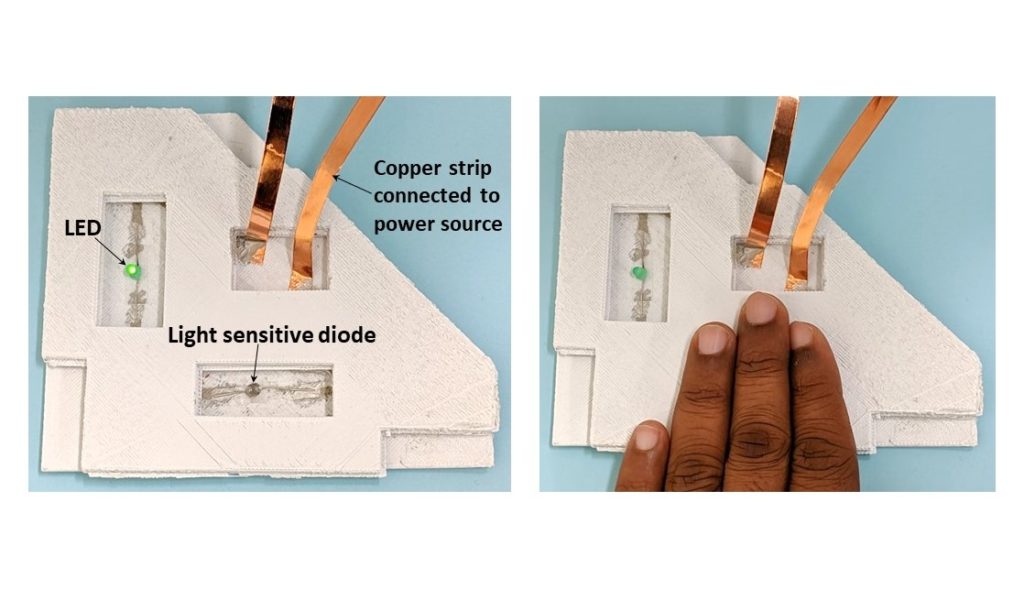
3D-Printed Plastics With High Performance Electrical Circuits
Rutgers engineers have embedded high performance electrical circuits inside 3D-printed plastics, which could lead to smaller and versatile drones and better-performing small satellites, biomedical implants and smart structures. They used pulses of high-energy light to fuse tiny silver wires, resulting in circuits that conduct 10 times more electricity than the state of the art, according to a study in the journal Additive Manufacturing. By increasing conductivity 10-fold, the engineers can reduce energy use, extend the life of devices and increase their performance.
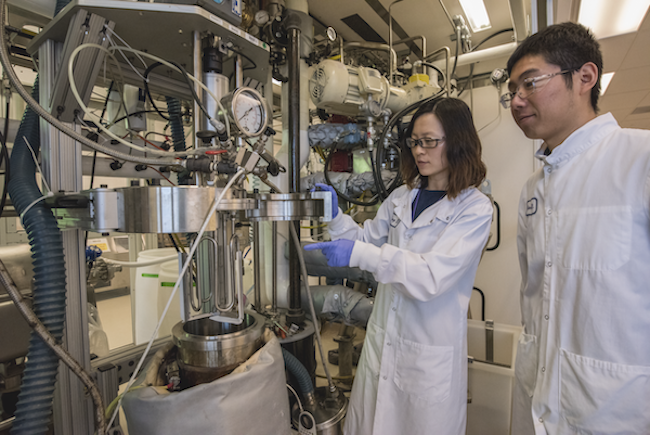
Science Snapshots – Waste to fuel, moiré superlattices, mining cellphones for energy data
Science Snapshots – Waste to fuel, moiré superlattices, mining cellphones for energy data
Physicists Make Graphene Discovery that Could Help Develop Superconductors
When two mesh screens are overlaid, beautiful patterns appear when one screen is offset. These “moiré patterns” have long intrigued artists, scientists and mathematicians and have found applications in printing, fashion and banknotes. Now, a Rutgers-led team has paved the way to solving one of the most enduring mysteries in materials physics by discovering a moiré pattern in graphene, where electrons organize themselves into stripes, like soldiers in formation.